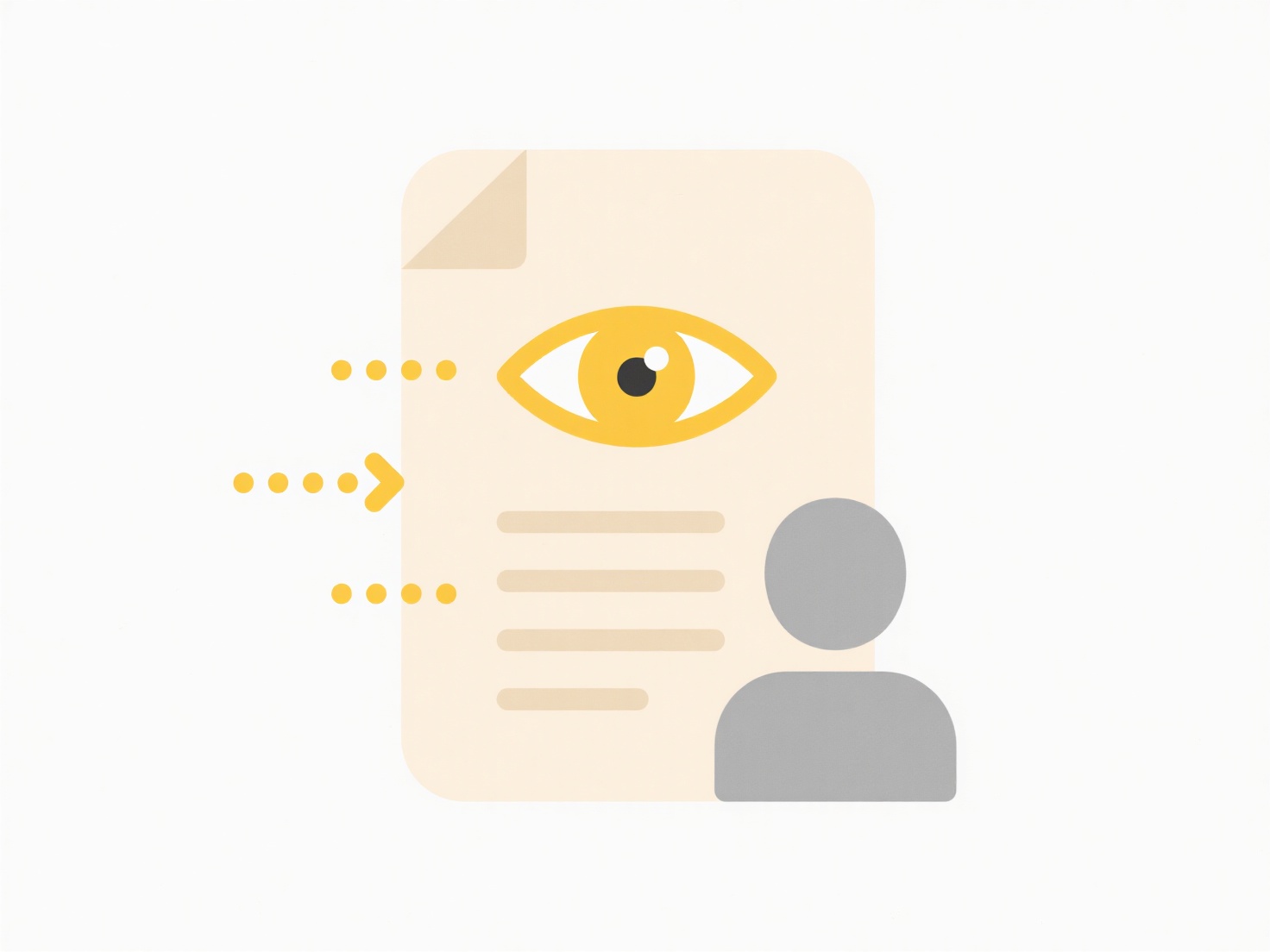
Conflicting versions occur in OneDrive when multiple offline edits to the same file exist, and the service cannot automatically merge the changes upon syncing. OneDrive identifies these by creating a duplicate file with the original filename followed by "(conflicted copy)" and your device name. This signals that at least two different versions of the file exist and require user review.
Examples include editing the same Word document offline on a laptop and a smartphone simultaneously, or multiple users modifying a shared Excel file while disconnected from the internet. Upon syncing, OneDrive will preserve the last saved version you opened but generate a conflicted copy file containing the alternative edits made on the other device or by another user.

This conflict resolution mechanism ensures no data loss, keeping both versions accessible. However, users must manually compare the conflicted copy and the main file, decide which changes to keep, merge them manually, and delete the extra copy. While effective, it relies on user awareness to spot the "(conflicted copy)" filenames and action them promptly.
How can I identify conflicting versions in OneDrive?
Conflicting versions occur in OneDrive when multiple offline edits to the same file exist, and the service cannot automatically merge the changes upon syncing. OneDrive identifies these by creating a duplicate file with the original filename followed by "(conflicted copy)" and your device name. This signals that at least two different versions of the file exist and require user review.
Examples include editing the same Word document offline on a laptop and a smartphone simultaneously, or multiple users modifying a shared Excel file while disconnected from the internet. Upon syncing, OneDrive will preserve the last saved version you opened but generate a conflicted copy file containing the alternative edits made on the other device or by another user.

This conflict resolution mechanism ensures no data loss, keeping both versions accessible. However, users must manually compare the conflicted copy and the main file, decide which changes to keep, merge them manually, and delete the extra copy. While effective, it relies on user awareness to spot the "(conflicted copy)" filenames and action them promptly.
Quick Article Links
How do I search within cloud-based folders offline?
Searching within cloud-based folders offline involves accessing and finding files stored in cloud services without an in...
Why do some search results show outdated file paths?
Search results sometimes display outdated file paths due to delays in how search engines index and update website change...
How can I batch rename images with a consistent pattern?
Batch renaming images means automatically applying a uniform naming convention to multiple files at once instead of chan...